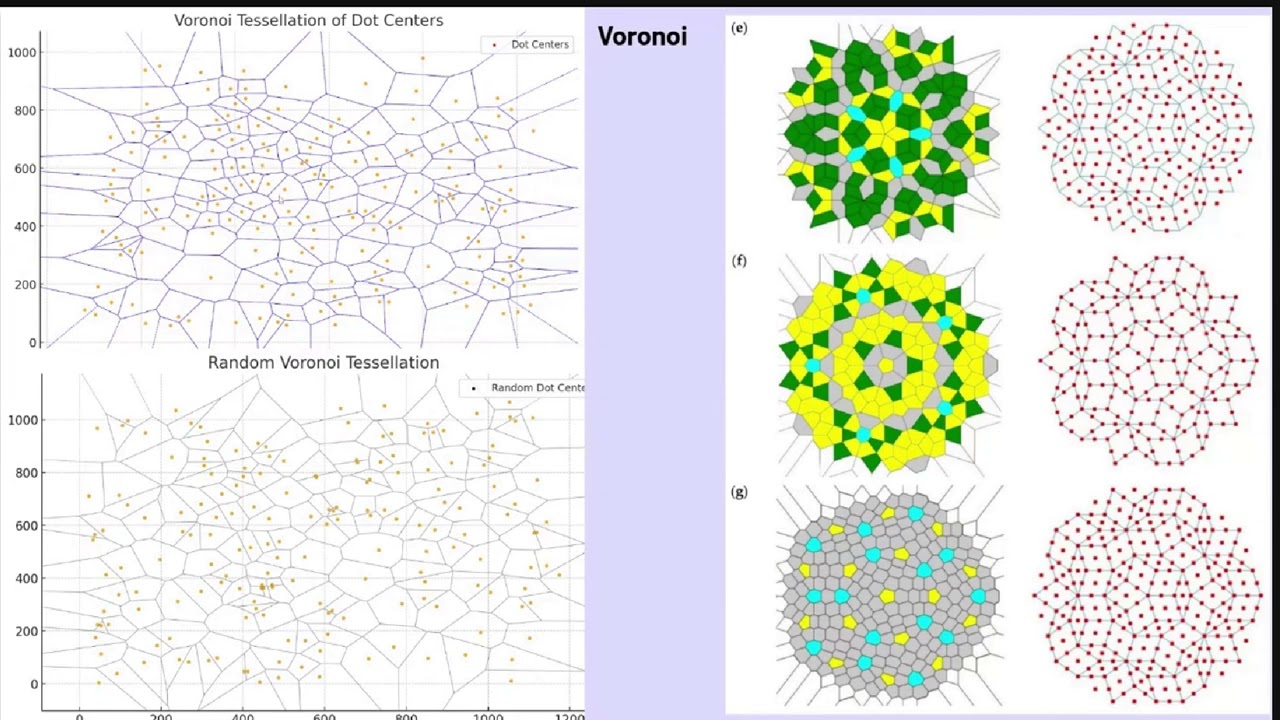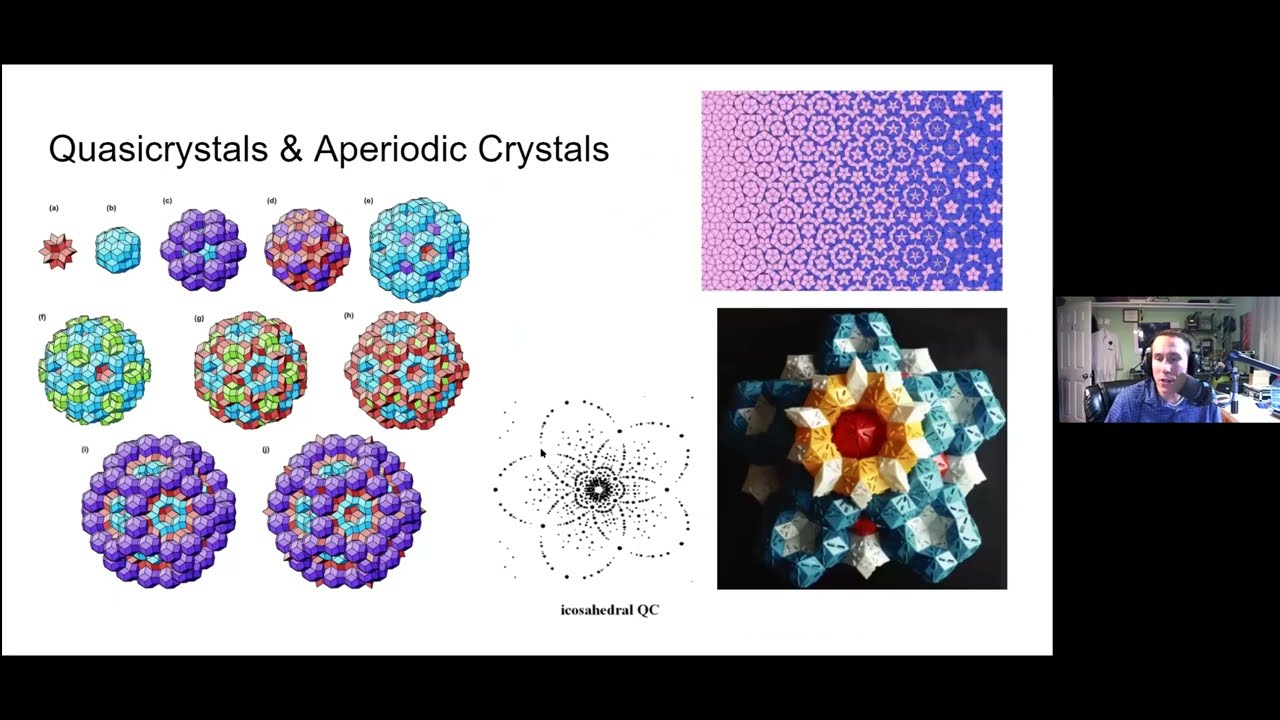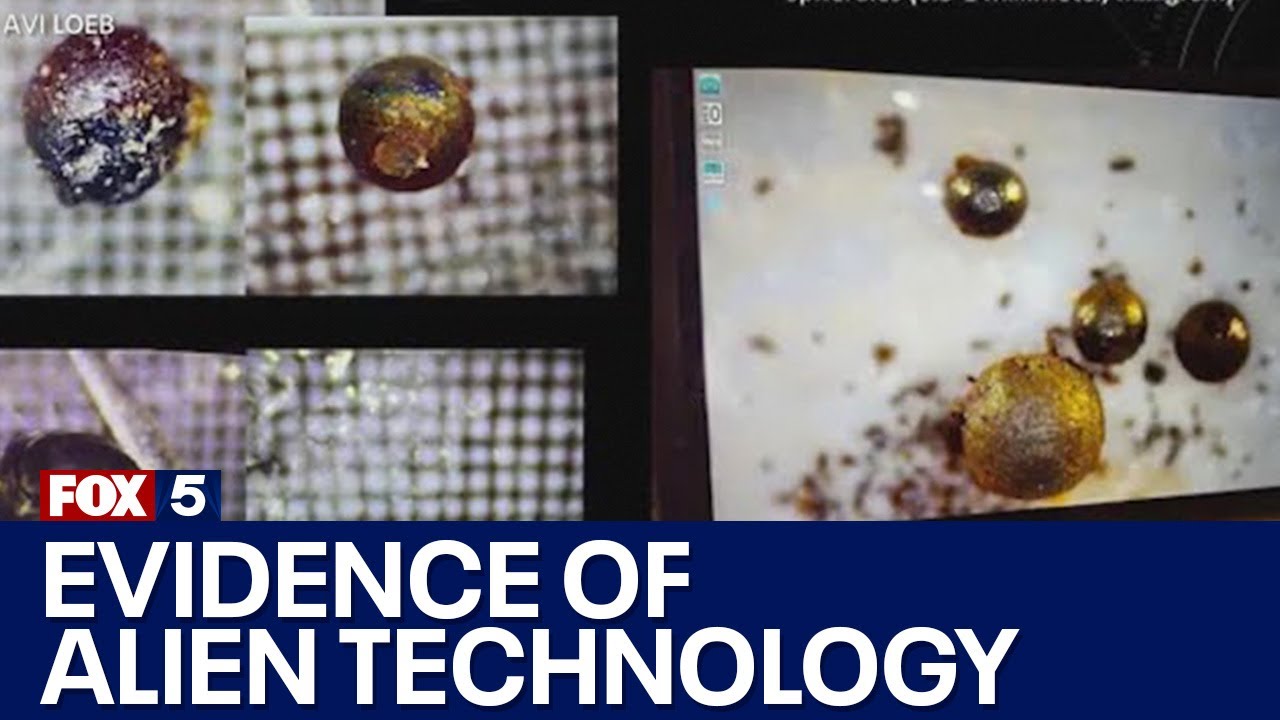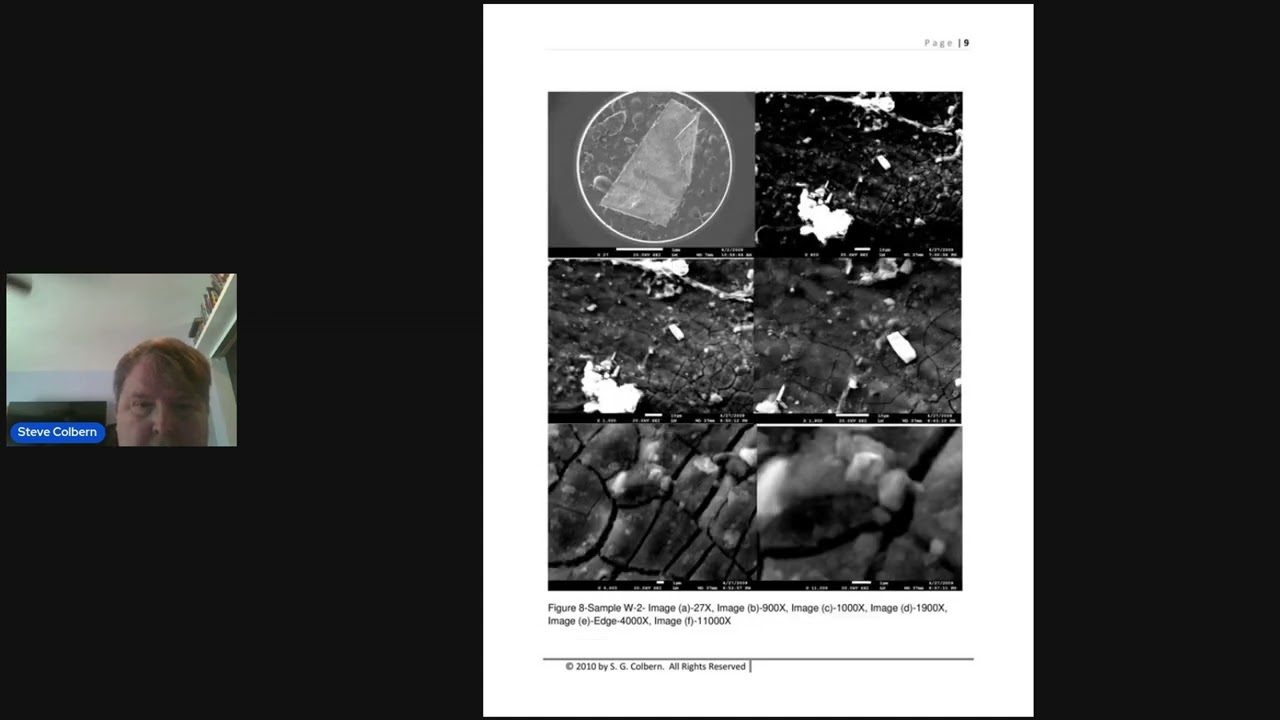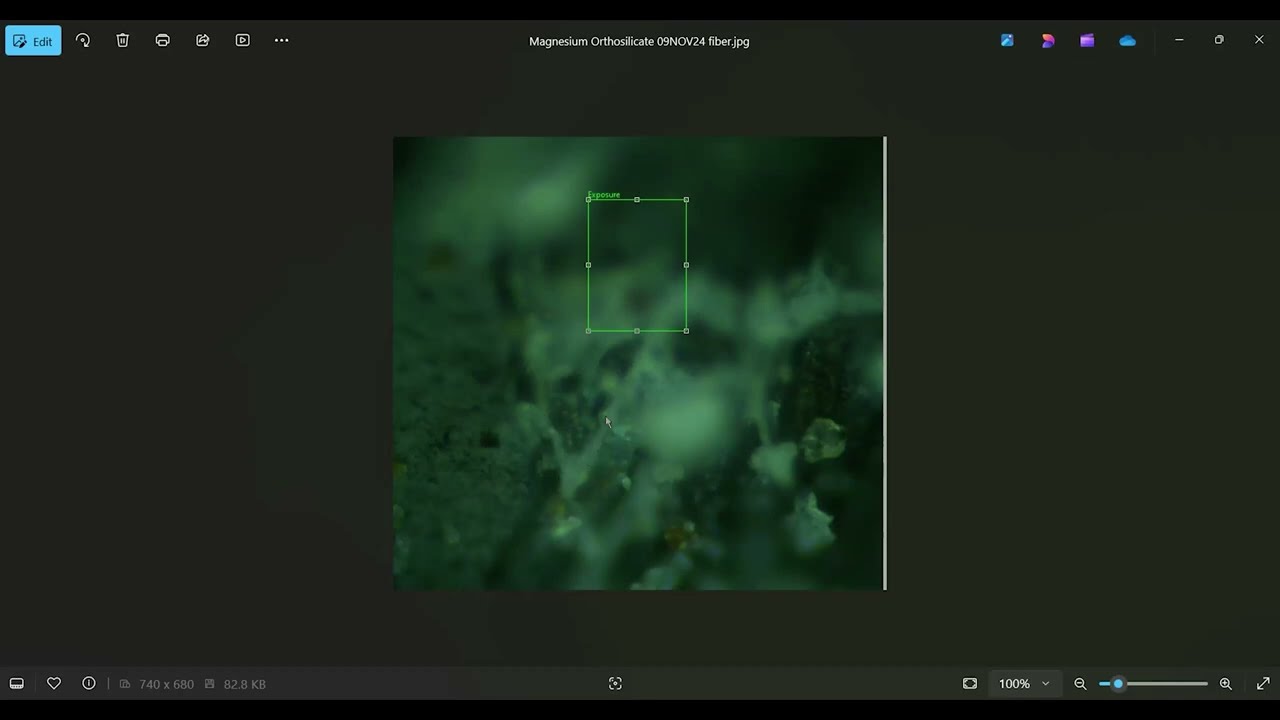AMA with Leslie Kean, Garry Nolan, Hal Puthoff & Jim Segala
This livestream AMA featured leading experts in the UAP field, including investigative journalist Leslie Kane, and scientists Drs. Hal Puthoff, Jim Segala, and Gary Nolan. The discussion covered a wide range of topics, from the increasing openness of scientists regarding UAPs and the growing number of whistleblowers (like Jake Barber) to the physics of UAP maneuvers (potentially explained by general relativity) and the analysis of UAP materials. The panel also delved into the potential for ultra-terrestrial explanations, the physiological effects of UAP encounters, the role of citizen science, and the importance of integrating experiencer testimonies into scientific research.
The event highlighted the need for a multidisciplinary approach, combining scientific rigor with open-mindedness, to unravel the mysteries surrounding UAPs. The discussion also touched upon the potential benefits of advanced UAP technology, particularly in medicine, and the ethical considerations surrounding disclosure. The livestream concluded with a call for continued collaboration and research within the UAP community.
Part 1: Setting the Stage – New Developments and Expert Introductions
The livestream, hosted by [Speaker 2’s Name], kicked off with exciting announcements: the premiere of Leslie Kane’s “Investigating the Unknown” season 2 on Hulu and Disney+ (a trailer was shown), and the upcoming docuseries “UFOs and a New Reality.” The conversation immediately jumped into the heart of the matter: the biological implications of UAP encounters. The increasing openness of scientists towards UAPs was noted, alongside the ongoing fight for government disclosure. Several speakers shared personal accounts of witnessing UAPs, including sightings that appeared to be children.
The panel featured an impressive lineup:
- Leslie Kean: Investigative journalist, author of “UFOs: Generals, Pilots, and Government Officials Go on the Record,” and contributor to New York Times articles on the Pentagon’s UFO program and the Nimitz incident.
- Dr. Hal Puthoff: President and CEO of Earth Tech International, Inc., and Director of the Institute for Advanced Studies at Austin, with extensive research background and government advisory experience.
- Dr. Jim Segala: Researcher at the Institute for Advanced Studies at Austin, specializing in radiobiology and quantum physics, and lead scientist on the Anomalous Phenomenon Study team.
- Dr. Gary Nolan: Professor at Stanford University, specializing in immunology and cancer research, and co-founder of the Sol Foundation for UAP research.
The Sol Foundation’s mission to guide conversations about UAPs towards scientifically rigorous conclusions was highlighted.
Part 2: Whistleblowers, Crash Retrievals, and the Reality of UAPs
The discussion shifted to the growing number of whistleblowers, including David Grusch and Lou Elizondo, and the upcoming appearance of whistleblower Jake Barber on News Nation. Dr. Nolan, in his advisory role with the Sky Watcher team, shared his perspective on Barber’s claims. The team’s professional approach and the consistency of their information, particularly regarding crash retrievals, were emphasized. The Sol Foundation’s role in guiding the conversation and avoiding premature conclusions was reiterated.
Part 3: Physics-Defying Maneuvers and the Ultra-Terrestrial Hypothesis
Dr. Puthoff’s expertise in physics took center stage. He discussed the seemingly impossible right-angle turns of UAPs, explaining how general relativity might offer a framework for understanding these maneuvers through spacetime manipulation. He detailed his involvement in the Pentagon’s UAP program, including the analysis of materials from alleged crash retrievals and the commissioning of 38 unclassified papers on UAP-related topics, many of which are now publicly available. He also touched upon the ultra-terrestrial hypothesis, suggesting the possibility of advanced, hidden groups on Earth. This hypothesis, along with the extraterrestrial hypothesis, was presented as a valid avenue for investigation. Dr. Puthoff’s discussion included analysis of bismuth magnesium samples, highlighting unusual material bonding that aerospace corporations have been unable to replicate.
Part 4: Sensor Data, Physiological Effects, and the Experiencer Community
Dr. Segala presented his research on UAP sightings in New Hampshire, highlighting the use of advanced sensors to detect anomalous electromagnetic and gravitational signals. He emphasized the importance of correlating sensor data with the physiological effects experienced by individuals during UAP encounters. This research, conducted in collaboration with Dr. Puthoff’s organization, revealed verifiable medical conditions unexplained by conventional medicine. The discussion also touched upon the limitations of current sensor technology and the potential for human brains to perceive information beyond the capabilities of our instruments. Dr. Segala stressed the importance of data sharing and collaboration with medical professionals.
Part 5: The Scientific Approach and the Path Forward
Dr. Nolan emphasized the importance of a rigorous scientific approach, highlighting the need for incremental progress and building trust within the scientific community. He discussed the challenges of isolating variables in UAP research, particularly when dealing with subjective experiences. He advocated for starting with more easily verifiable data, such as materials analysis, before delving into more controversial aspects. He also addressed the issue of government involvement, suggesting a more collaborative approach involving citizen scientists. The discussion touched upon the potential for a “gold rush” in UAP research, driven by both scientific curiosity and the potential for technological breakthroughs.
Part 6: Experiencer Narratives and the Integration of Metaphysical Perspectives
Leslie Kane, focusing on her journalistic perspective and personal experiences, highlighted the connection between UAPs and paranormal/metaphysical phenomena. She emphasized the importance of giving a voice to experiencers and the need for more funding and academic involvement in studying their accounts. The John Mack Institute and its work with experiencer narratives were highlighted, along with the potential of AI technology to process and analyze this data. The discussion also touched upon the work of Stuart Alexander, a physical medium, and the potential link between mediumship and UAP phenomena.
Conclusion: A New Era of UAP Research
The Anomalous Coalition Livestream AMA provided a comprehensive overview of the current state of UAP research, highlighting the convergence of scientific inquiry, investigative journalism, and personal experiences. The event underscored the need for a multidisciplinary approach, emphasizing the importance of collaboration, data sharing, and a rigorous scientific methodology. The future of UAP research appears bright, with a growing number of scientists, researchers, and citizen scientists working together to unlock the mysteries of this enigmatic phenomenon. The livestream concluded with a call to action, encouraging viewers to watch “UFOs Investigating the Unknown” on Hulu and Disney+, share the show, and continue the conversation online.
Register For UFORev
Want to see more great UFO Reverse Engineering stories? Sign up for our mailing list to get exclusive access to captivating presentations, engaging events, and more!
RECENT POSTS
Art’s Parts Sample May Contain Quasicrystals
April 7, 2025
Space Age Materials for UFO Reverse Engineering
April 7, 2025
Harvard Physicist May Have Found Alien Technology
April 7, 2025
San Augustin: UFO Crash Recovery Sample Analysis
April 6, 2025
Art’s Parts: Metallurgical Microscope Analysis
April 6, 2025
